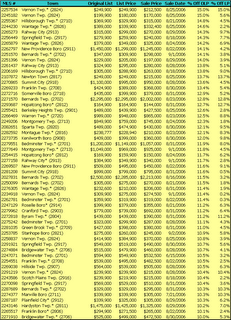Will immigrants save housing?
The Immigration Equation
It’s often said that immigrants do the jobs Americans don’t want to do. They’ve just been assigned another task: Buy the homes of the baby boom generation. But this task is one that native-born Americans simply can’t do. There won’t be enough of them.
Many of the 78 million boomers, the first of whom turn 60 this year, will sell their property over the next two decades, says George Masnick, a research affiliate with the Joint Center for Housing Studies at Harvard University. Some will move to a smaller home or to their second home, others will move into a managed-care complex. And for some who never moved, it will be their estate making the sale. What many boomers should be asking right now is who will buy their 34 million homes. The buyers may well be immigrants, and not necessarily legal ones (about 12 million of the 35 million foreign-born people in America are illegal immigrants, according to estimates from the Center for Immigration Studies, in Washington).
Demographers say there aren’t enough potential homeowners in the echo boom (the children of the baby boomers) or in the generation that comes after that (still without a catchy name) to soak up that supply, no matter how slowly it goes on the market. (It is presumed that the bulk of the Gen Xers will have done their home buying by then.)
Without sufficient demand, prices will fall. Masnick predicts that as many as 90 percent of the homes will be bought by native-born Americans. “But the last 10 percent is central,” he says. “Without that 10 percent, it will be a buyers’ market.”
...
The good news is that there are enough young first- and second-generation immigrants to do the job. The popular telling of the American dream that has Smith selling to Schmidt who then sells to Shapiro will record the next chapter with Sung and Sanchez doing the buying. Dowell Myers, a professor at the University of Southern California who studies the impact of demography on urban planning, says, “The odds are that a white baby boomer won’t be selling to another white.”
...
But it’s no sure thing that immigrants will save the day. A lot can go wrong. “The danger is downward mobility,” says Fred Siegel, a professor at the Cooper Union for Science and Art, who has studied immigration patterns. “If a significant portion of recent immigrants are downwardly mobile, then that is bad news for the boomers. Who will afford the McMansions?”







